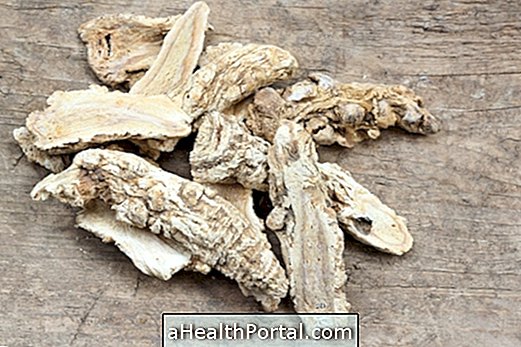Sapoti is the fruit of Sapotizeiro, which can be used in the manufacture of syrups, compote, soft drinks and jellies. In addition, your tree can be used as a medicine to treat fever and fluid retention. It originates in Central America and is very common in the Northeastern states of Brazil.
Its scientific name is Manilkara zapota and can be bought in markets, fairgrounds and natural products stores. Sapoti is a fruit very rich in fibers that help to diminish the appetite but also has calories and so if it is consumed in excess, it can gain weight.



What is sapoti for?
Sapoti is used to treat fever, kidney infection and water retention.
Properties of sapoti
The properties of sapoti include its febrile and diuretic action.
How to use sapoti
The used parts of sapoti are the fruit, bark and seed.
- Infusion for fever: Put a spoonful (tea) in 150 ml of boiling water and let stand for 5 minutes. Drink up to 3 cups a day.
- Infusion for liquid retention: Add 1 teaspoon sapoti seed powder in 500 ml of boiling water and drink during the day.
Sapoti can also be consumed naturally or used to make jam jellies and even juices, for example.
Side effects of sapoti
No side effects of sapoti were found.
Contraindications of sapoti
No contraindications to sapoti were found.
Nutritional composition of sapoti
| Components | Amount per 100 g |
| Energy | 97 calories |
| Proteins | 1.36 g |
| Fats | 1 g |
| Carbohydrates | 20.7 g |
| Fiber | 9.9 g |
| Vitamin A (retinol) | 8 mcg |
| Vitamin B1 | 20 mcg |
| Vitamin B2 | 40 mcg |
| Vitamin B3 | 0.24 mg |
| Vitamin C | 6.7 mg |
| Calcium | 25 mg |
| Phosphor | 9 mg |
| Iron | 0.3 mg |
| Potassium | 193 mg |























